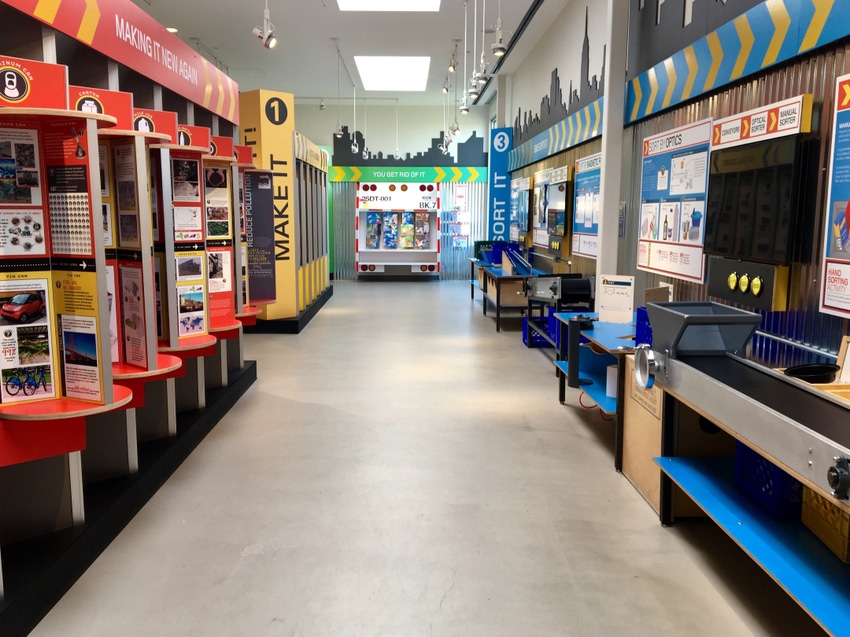Reimbursement tied to improved outcomes has been a paradigm shift for industry, said Matt Jennings, and that requires tracking patients on an ongoing basis.
June 26, 2017

Whatever may happen in Washington regarding healthcare this week, one of the many things that won’t change is a concerted effort by industry, regulators, healthcare providers and other stakeholders to improve patient treatment outcomes. Connectivity and healthcare information technology are among the paths to achieving that goal, and they are seeing increased adoption in the medical device and pharmaceutical sectors, said Matt Jennings, President and CEO of Phillips-Medisize Corp. (Hudson, WI). He spoke on this topic and explained why his company is well positioned to innovate during a press conference at the co-located PLASTEC East and MD&M East event in New York City earlier this month.
Reimbursement tied to improved outcomes has been a paradigm shift for industry, Jennings said, and that requires tracking patients on an ongoing basis. “To improve outcomes, you need to be able to track patient compliance,” which necessitates connectivity in drug delivery devices and other medical products. “Consequently, we are seeing an acceleration in the uptake of connected health solutions by traditional medical device companies,” said Jennings.
The chart below, provided by Phillips-Medisize, shows how major medtech companies have accelerated investments in disease management and connected health technologies in recent years. Health information technology (HIT) and sensors enable innovation in these spaces. That’s why you’re seeing so many health information technology deals being struck by medical device OEMs, noted Jennings. “You need to be able to measure outcomes and feed that data into HIT systems, and that explains the strategies that are coming together and taking root. Medical device OEMs need to acquire bits and pieces of this ecosystem to move forward,” said Jennings. Companies that don’t have the resources to buy the expertise are seeking partners that can get them to the same place.

Phillips-Medisize recently asked CEOs of medtech, pharma and diagnostics companies to rank four key themes, connected health being one of them, in terms of their business value. In the chart below, the circles in white represent the least value while those in gradations of blue represent the most value. “If we had done this survey just four years ago, the connected health category would have been white for the entire medtech space,” commented Jennings. “Today, it is getting progressively blue.” Demand for connected health solutions are opportunities for companies like Phillips-Medisize that have achieved a level of vertical integration to respond adequately to that need.

Phillips-Medisize experienced a couple of milestones last summer that raised its already considerable profile as a provider of healthcare-related connectivity solutions. In June, it announced the acquisition of Medicom Innovation Partner (Struer, Denmark), a provider of device strategy, product design and development services with an emphasis on personal, connected drug-delivery devices. And in August, it announced that it will be acquired by Molex LLC, a global manufacturer of complete interconnect solutions. At the time, Jennings said that “Molex’s global scale in electronics, coupled with Phillips-Medisize’s strength in designing and manufacturing innovative products for medical device customers, will help us become a global leader in connected health solutions.” The deal was finalized in October 2016.
At the press conference earlier this month, Jennings added that “smaller and smarter has always been our strategy. We continue to see demand for smarter solutions in connectivity or some sort of electronics, but in order to remain competitive, we need to be vertically integrated from design and electronics to industrialization,” said Jennings, adding that the merger with Molex was a big step forward.
About the Author(s)
You May Also Like




